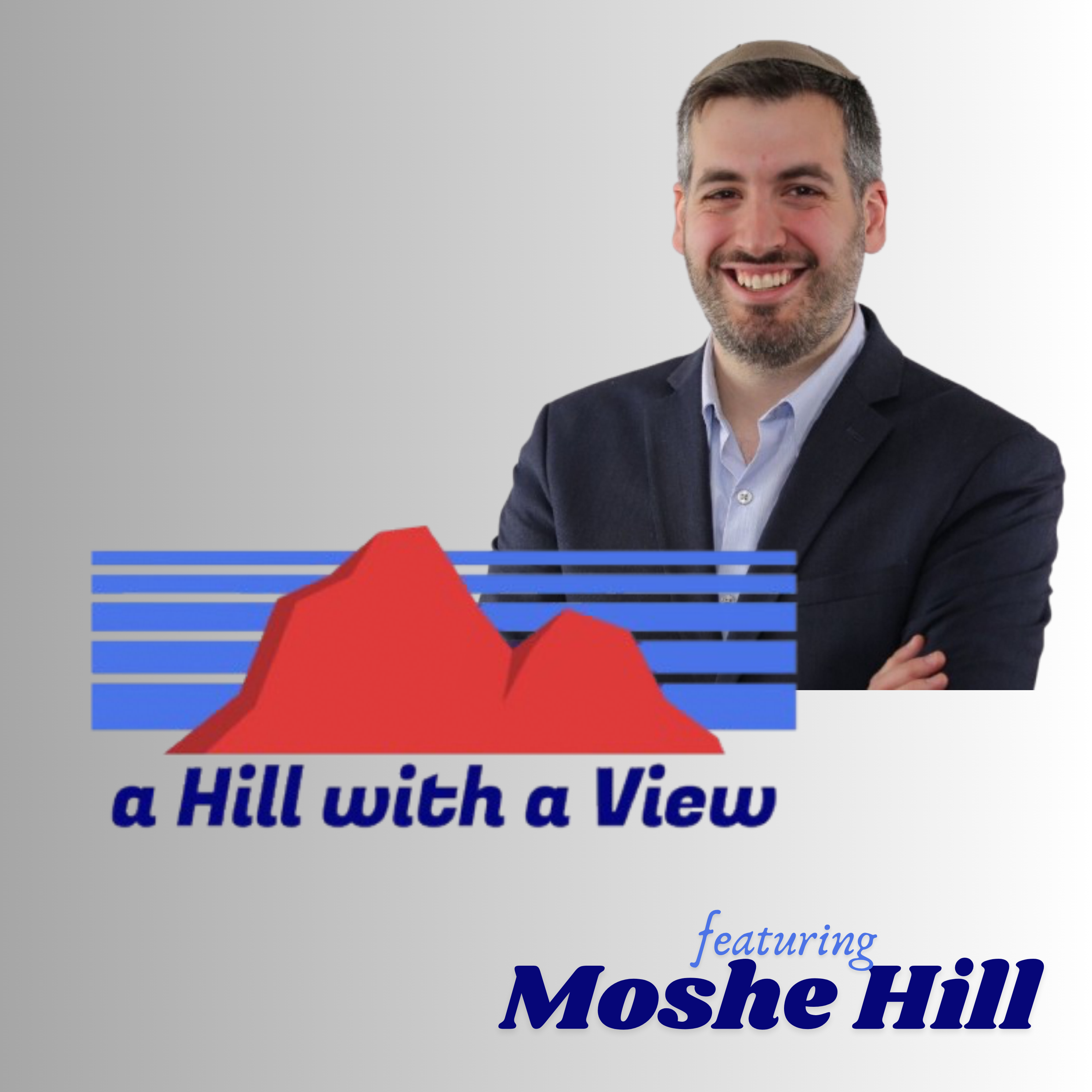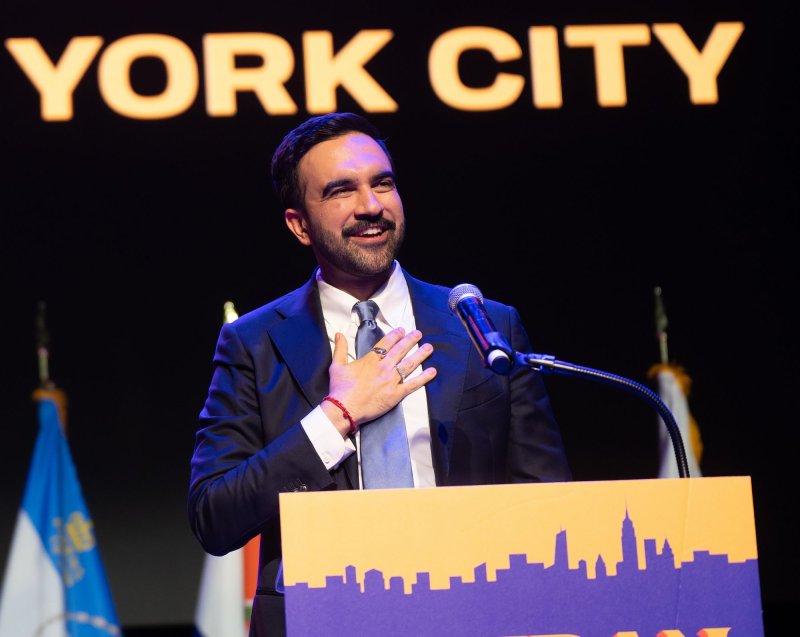BY MOSHE HILL OPINION COLUMNS JANUARY 08 2025
After years of debate, delays, and arguments, congestion pricing finally has gone into effect in Manhattan. The tax on traveling is incredibly popular with the affluent and car-less, and far more unpopular with everyone else. In a state where you can’t find people who can agree on if water is wet, a shocking two-thirds of respondents oppose congestion pricing – and for good reason. It is a scheme to bilk as much money out of people while simultaneously shoving everyone else into a dangerous, overcrowded, and outdated subway system.
In New York City, the concept of congestion pricing has been a topic of discussion for many years. Initially proposed in the early 2000s, then-Mayor Michael Bloomberg suggested a congestion pricing plan in 2007 as part of his PlaNYC initiative to reduce traffic congestion and improve air quality. His proposal included charging drivers $8 during peak hours to enter Manhattan’s central business district, but it failed to gain approval in the New York State Assembly in 2008, despite federal backing.
The idea was revisited in 2017 due to the MTA’s infrastructure needs, with support from Governor Andrew Cuomo and Mayor Bill de Blasio. In 2019, congestion pricing was enabled through state legislation signed by Governor Cuomo, tasking the MTA with developing an implementation plan. However, the process faced numerous delays due to planning, legal challenges, and political considerations.
In June 2024, Governor Kathy Hochul paused the plan, citing economic concerns, only to revive it in November 2024 with a lower toll rate. In what can only be called a governmental version of “girl-math,” Hochul insultingly claimed that the reduction of a new toll from $15 to $9 actually saved New Yorkers money. The congestion pricing scheme finally commenced with a $9 toll for most vehicles entering Manhattan at or below 60th Street during peak hours.
The problems arising from this debacle are easy to foresee. First is the stated reason for the toll, which is to raise money for the MTA. Like many other claims of price increases or new taxes to raise money for particular goals, this will never materialize. We’ve seen the same promises made when the state claimed that legalizing marijuana will raise money for schools. The schools are facing the same budget crunch it always has, and now the city reeks of that disgusting smell.
The other thing that politicians love to do is compel action via taxation. This happened years ago with taxing cigarettes. In order to get people to stop smoking, pols taxed it. What happened was there became a black market to sell cigarettes, which was then made illegal, which led to a confrontation between one of these sellers and the police. The death of Eric Garner began because politicians thought it was a good idea to compel behavior and then blaming a cop for enforcing the law that they wrote.
This could easily happen again. Forcing more people onto the subways and raising the rates will cause more turnstile jumpers, petty theft, or those who have cars to find a way to avoid the toll. Remember, the NYC Subway had a woman burned alive and several people pushed onto the tracks in the last few weeks alone. And no one should expect fellow citizens to save them; as the Daniel Penny trial has shown, the city will prosecute heroes. It’s gotten so bad on the subways that Curtis Sliwa restarted the Guardian Angels just to do his part.
The effects this will have on the commerce of Manhattan are incalculable. Commercial trucks go into the city constantly, but not all businesses operating those trucks are the same. While Fresh Direct, Whole Foods, or other large corporations may be able to afford this increase; smaller businesses delivering goods throughout Manhattan won’t be. Even if they are not delivering these goods to the congestion pricing zone, they still need to go through that zone to deliver anywhere else. Consider a small kosher manufacturer that has one delivery truck and needs to get to a customer in the Upper West Side, a large community with several restaurants and supermarkets. Their prices just skyrocketed in an already strained market. So, who wins? The large business that can afford the loss.
This also harms first responders. The Fire Department unions in New York City have vocally opposed the city’s congestion pricing plan, arguing that it could significantly impact emergency response times and add financial burdens on firefighters. Union leaders from the Uniformed Firefighters Association and the Uniformed Fire Officers Association have stated that the $9 toll would deter firefighters from using their personal vehicles to travel between firehouses, a common practice when they are reassigned or need to move for operational needs across the city. This could lead to delays in emergency responses, potentially putting lives at risk, as firefighters might need to rely more on department vehicles, which are already used for other critical tasks like equipment transport.
While there are claims that there are just too many cars and too few roads to go around, Manhattan has been systematically reducing driving lanes in favor of pedestrian zones and bicycle lanes for years. There’s nowhere to park, there’s nowhere to drive, and every mode of transportation that the MTA oversees is a nightmare. Instead of coming up with new and innovative solutions, Hochul and the State of New York decided to just demand more cash from everyone.
Whatever money the state raises from this will be wasted. Whatever traffic flows down to the subways will lead to an increase in crime. This will directly harm commerce and first responders, not to mention all other commuters who cannot or would not find an alternative commute. Congestion pricing is another reason that people will flee from New York, which will then cause the government to raise more money from those who remain. The cycle will continue until New Yorkers wake up and kick all the policymakers to the curb.


